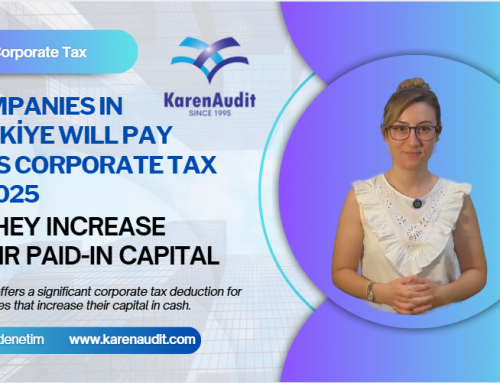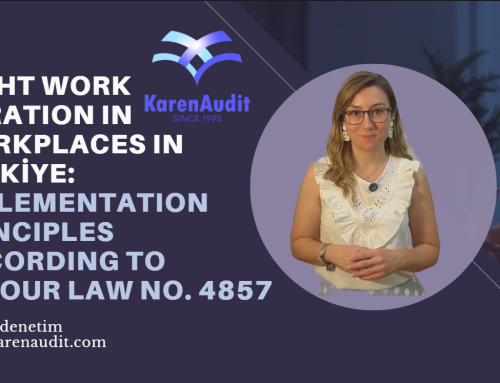October 14, 2022
The unemployment rate in the OECD was broadly stable in August 2022, increasing slightly to 4.9%, after 4.8% in July and 4.9% in June (Figure 1, Table 1). The unemployment rate was below or equal to the pre-pandemic rate in 80% of OECD countries (Figure 2). The number of unemployed workers in the OECD increased slightly for the first time since April 2021, reaching 33.2 million.
The OECD unemployment rate was stable for both women and men in August, at 5.1% and 4.7% respectively. However, the OECD unemployment rate for younger workers increased, reflecting a marked increase for younger men.
The unemployment rate was also stable in the euro area at 6.6% in August, as well as in one third of the euro area countries. The largest increases occurred in Austria and the Netherlands. Outside the euro area, the unemployment rate fell slightly in Japan. The unemployment rate increased in the United States and more markedly in Canada in August, but slightly declined in both countries in September, according to more recent figures.
In the second quarter of 2022, the OECD employment rate, including both employees and self-employed, reached its highest level since the start of the series in 2005, climbing to 69.5% (Figure 3). About 80% of all OECD countries recorded an increase.
The OECD labour force participation rate – the share of the working-age population that is either employed or unemployed – hit 73.2% in Q2 2022, the highest level recorded since the start of the series in 2008 (Figure 4). The female labour force participation rate in the OECD reached 65.9% for the first time since the start of the series.
Source: OECD
Legal Notice: The information in this article is intended for information purposes only. It is not intended for professional information purposes specific to a person or an institution. Every institution has different requirements because of its own circumstances even though they bear a resemblance to each other. Consequently, it is your interest to consult on an expert before taking a decision based on information stated in this article and putting into practice. Neither Karen Audit nor related person or institutions are not responsible for any damages or losses that might occur in consequence of the use of the information in this article by private or formal, real or legal person and institutions.






